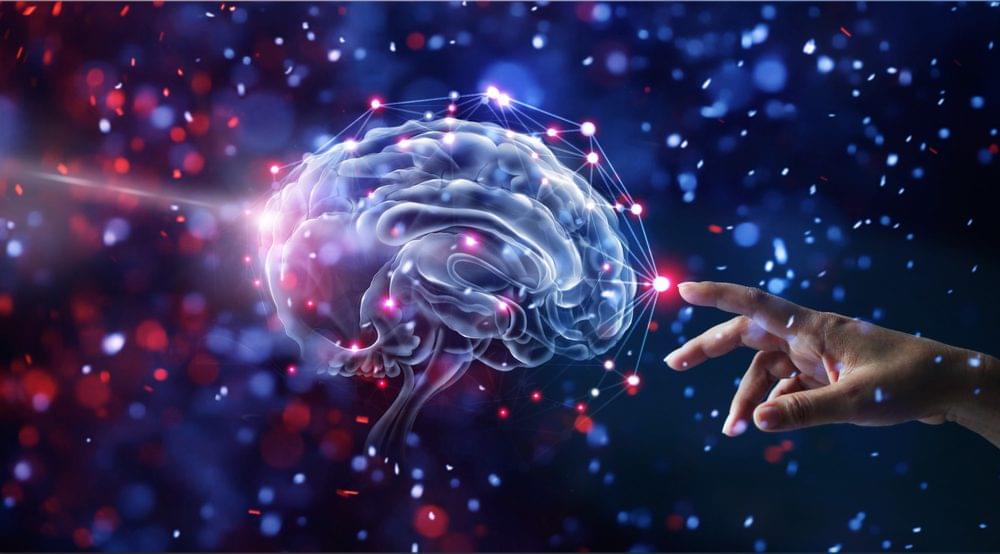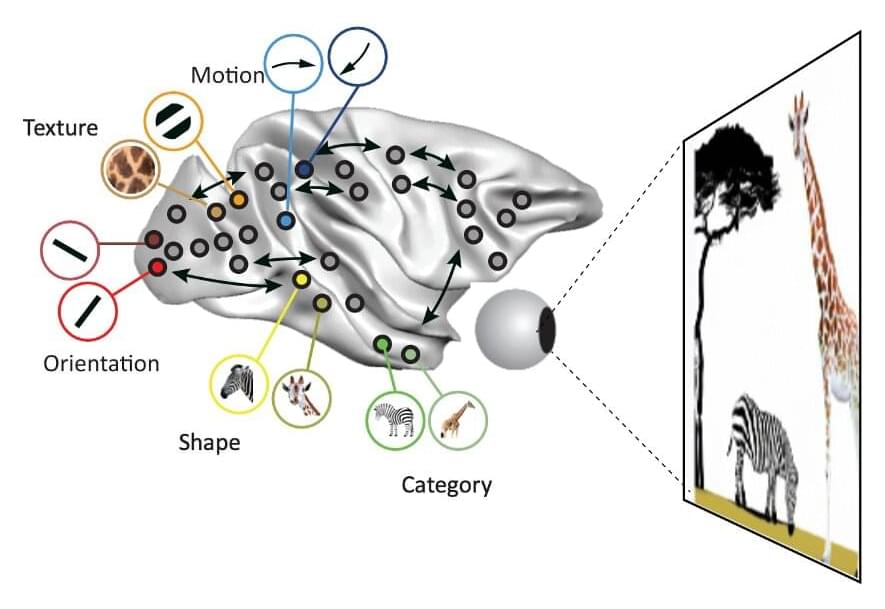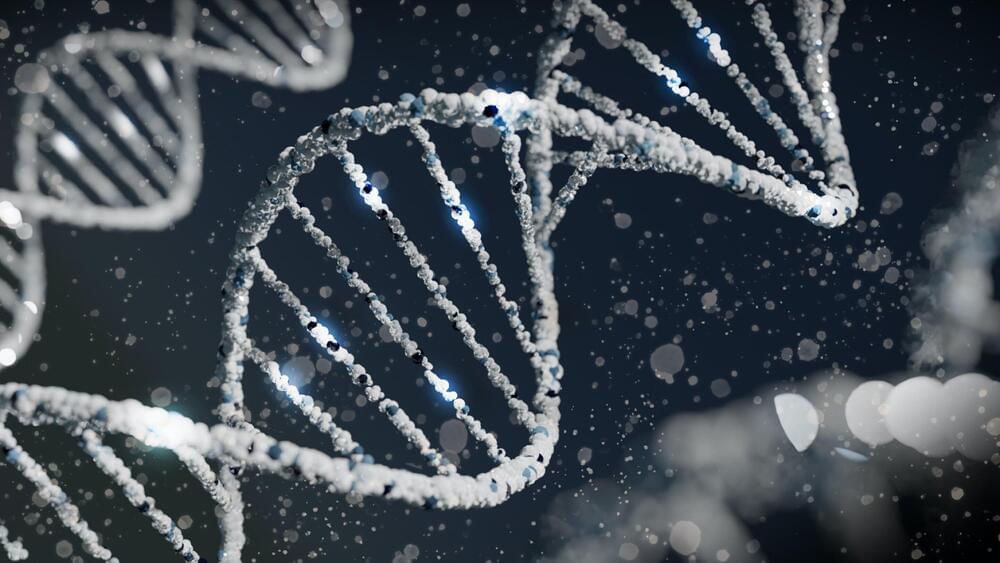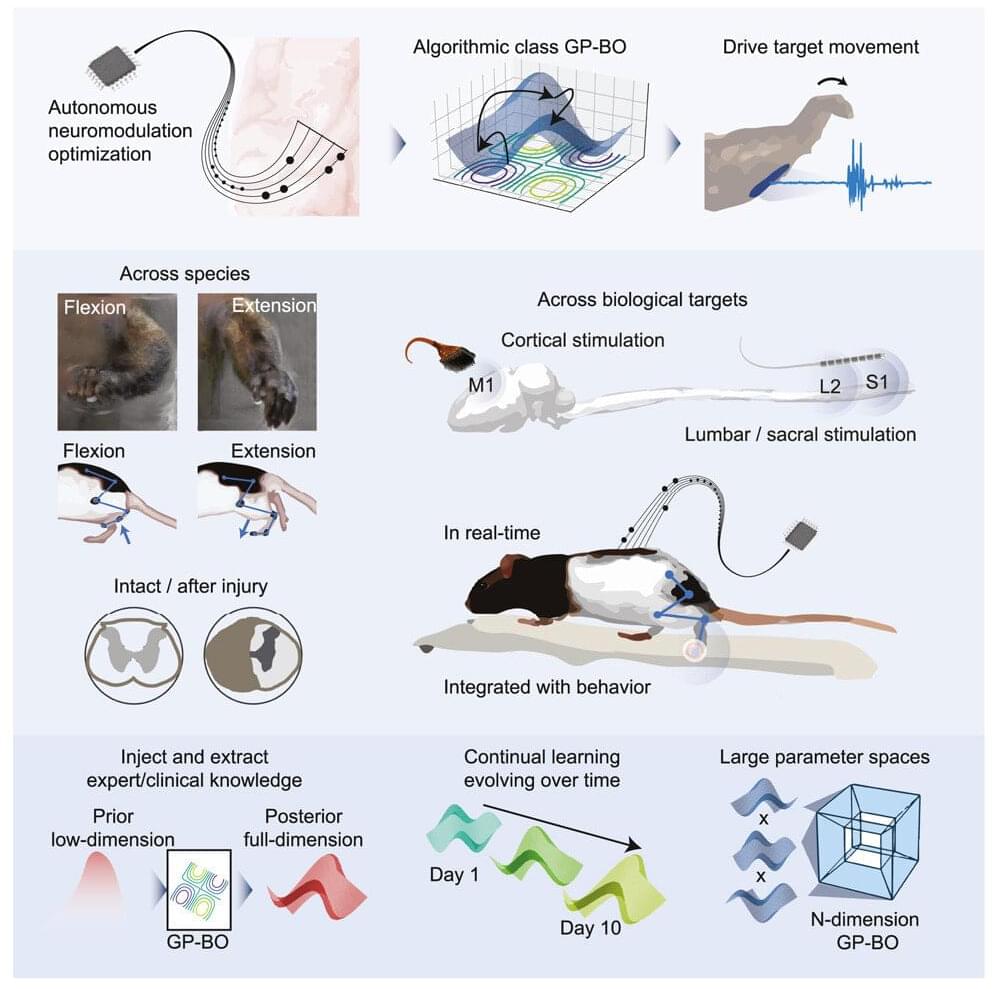A recent study has suggested that transcriptomes may be the best method for classifying different types of brain disease.





When we look at something, the different properties of the image are processed in different brain regions. But how does our brain make a coherent image out of such a fragmented representation? A new review by Pieter Roelfsema sheds light on two existing hypotheses in the field.
When we open our eyes, we immediately see what is there. The efficiency of our vision is a remarkable achievement of evolution. The introspective ease with which we perceive our visual surroundings masks the sophisticated machinery in our brain that supports visual perception. The image that we see is rapidly analyzed by a complex hierarchy of cortical and subcortical brain regions.
Neurons in low level brain regions extract basic features such as line orientation, depth and the color of local image elements. They send the information to several mid-level brain areas. Neurons in these areas code for other features, such as motion direction, color and shape fragments.

Do you remember learning to drive a car? You probably fumbled around for the controls, checked every mirror multiple times, made sure your foot was on the brake pedal, then ever-so-slowly rolled your car forward.
Fast forward to now and you’re probably driving places and thinking, “how did I even get here? I don’t remember the drive”. The task of driving, which used to take a lot of mental energy and concentration, has now become subconscious, automatic—habitual.
But how—and why—do you go from concentrating on a task to making it automatic?

Brains are like puzzles, requiring many nested and co-dependent pieces to function well. The brain is divided into areas, each containing many millions of neurons connected across thousands of synapses. These synapses, which enable communication between neurons, depend on even smaller structures: message-sending boutons (swollen bulbs at the branch-like tips of neurons), message-receiving dendrites (complementary branch-like structures for receiving bouton messages), and power-generating mitochondria. To create a cohesive brain, all these pieces must be accounted for.
However, in the aging brain, these pieces can get lost or altered, and no longer fit in the greater brain puzzle. A research team has now published a study in Frontiers in Aging Neuroscience on this topic.
“Fifty percent of people experience loss of working memory with old age, meaning their ability to hold and manipulate information in the short-term decreases,” says co-first author Courtney Glavis-Bloom, a senior staff scientist in Salk Institute Professor John Reynolds’s lab. “We set out to understand why some individuals maintain healthy working memory as they age, while others do not. In the process, we discovered a novel mechanism for the synaptic basis of cognitive impairment.”

Functional movement/conversion disorder (FMD), part of the spectrum of Functional Neurological Disorder (FND), is a neuropsychiatric condition marked by a range of neurological symptoms, including tremors, muscular spasms and cognitive difficulties. Despite being the second-most common cause of referrals to neurology outpatient clinics after headache, scientists have struggled to pin down the disorder’s root cause. Female sex and a history of childhood trauma are factors associated with higher risk of developing FMD, but it’s been unclear why.
A new study from investigators of the Brigham and Women’s Hospital, in collaboration with researchers at the National Institute of Neurological Disorders and Stroke, demonstrated that FMD is characterized by epigenetic changes, and that women and childhood abuse survivors with FMD have different epigenetic profiles linked to this condition. Their study, which examined the genomes of over 100 individuals and was recently published in Progress in Neuro-Psychopharmacology and Biological Psychiatry, is the first to demonstrate the occurrence of epigenetic changes in FMD.
“This study finally takes FMD out of a cloud of confusion and provides a neuroscientifically grounded explanation for why childhood trauma and female sex are associated with this disorder,” said lead author Primavera A. Spagnolo, MD, Ph.D., scientific director of the Mary Horrigan Connors Center for Women’s Health and Gender Biology and assistant professor of psychiatry at HMS.
Over a hundred years after the discovery of the neuron by neuroanatomist Santiago Ramón y Cajal, scientists continue to deepen their knowledge of the brain and its development.
In a publication in Science Advances on April 5, a team from the Institut Pasteur and the CNRS, in collaboration with Harvard University, revealed novel insights into how cells in the outer layers of the brain interact immediately after birth during formation of the cerebellum, the brain region towards the back of the skull.
The scientists demonstrated a novel type of connection between neural precursor cells via nanotubes, even before the formation of synapses, the conventional junctions between neurons.

Scientists have long studied neurostimulation to treat paralysis and sensory deficits caused by strokes and spinal cord injuries, which in Canada affect some 380,000 people across the country.
A new study published in the journal Cell Reports Medicine demonstrates the possibility of autonomously optimizing the stimulation parameters of prostheses implanted in the brains of animals, without human intervention.
The work was done at Université de Montréal by neuroscience professors Marco Bonizzato, Numa Dancause and Marina Martinez, in collaboration with mathematics professor and Mila researcher Guillaume Lajoie.

You learn from your mistakes. At least, most of us have been told so. But science shows that we often fail to learn from past errors. Instead, we are likely to keep repeating the same mistakes.
What do I mean by mistakes here? I think we would all agree that we quickly learn that if we put our hand on a hot stove, for instance, we get burned, and so are unlikely to repeat this mistake again. That’s because our brains create a threat-response to the physically painful stimuli based on past experiences. But when it comes to thinking, behavioral patterns and decision making, we often repeat mistakes—such as being late for appointments, leaving tasks until the last moment or judging people based on first impressions.
The reason can be found in the way our brain processes information and creates templates that we refer to again and again. These templates are essentially shortcuts, which help us make decisions in the real world. But these shortcuts, known as heuristics, can also make us repeat our errors.